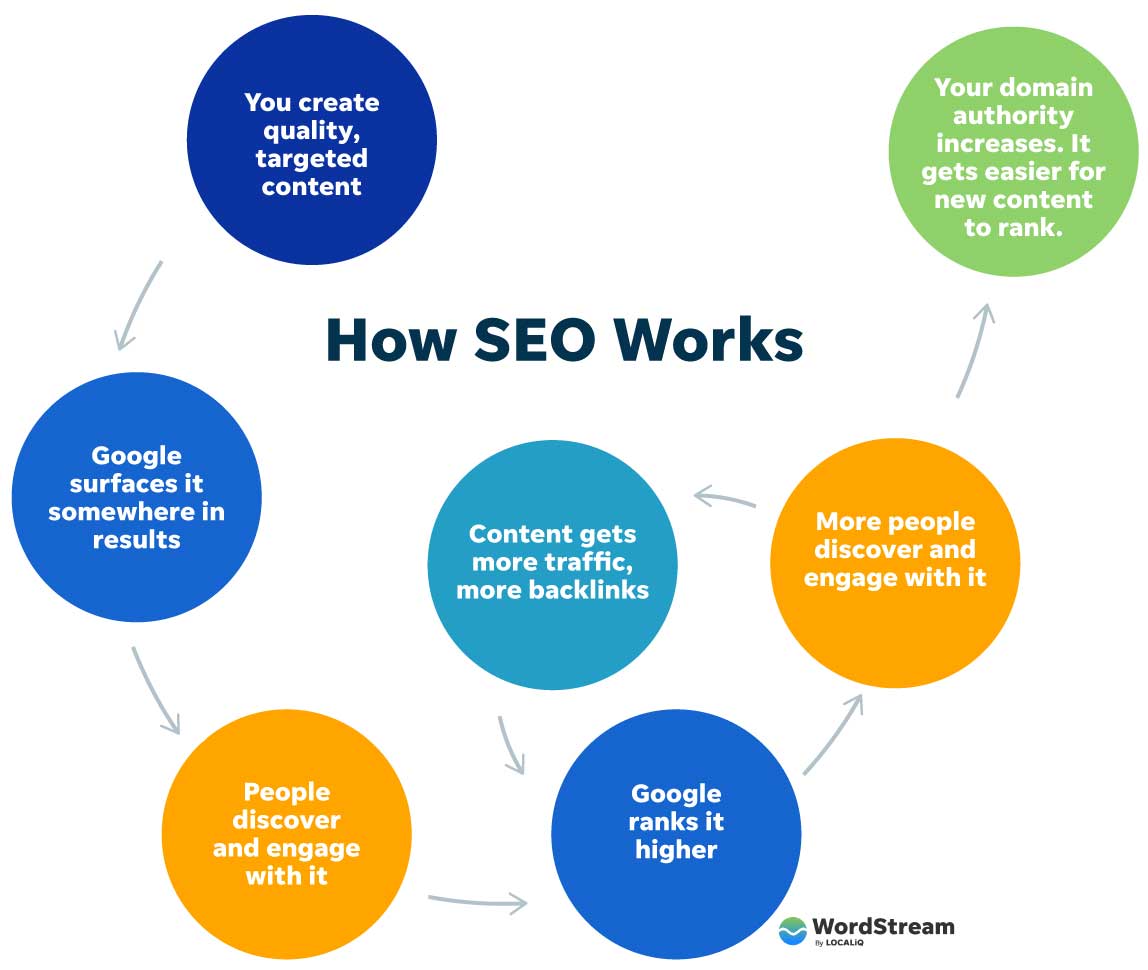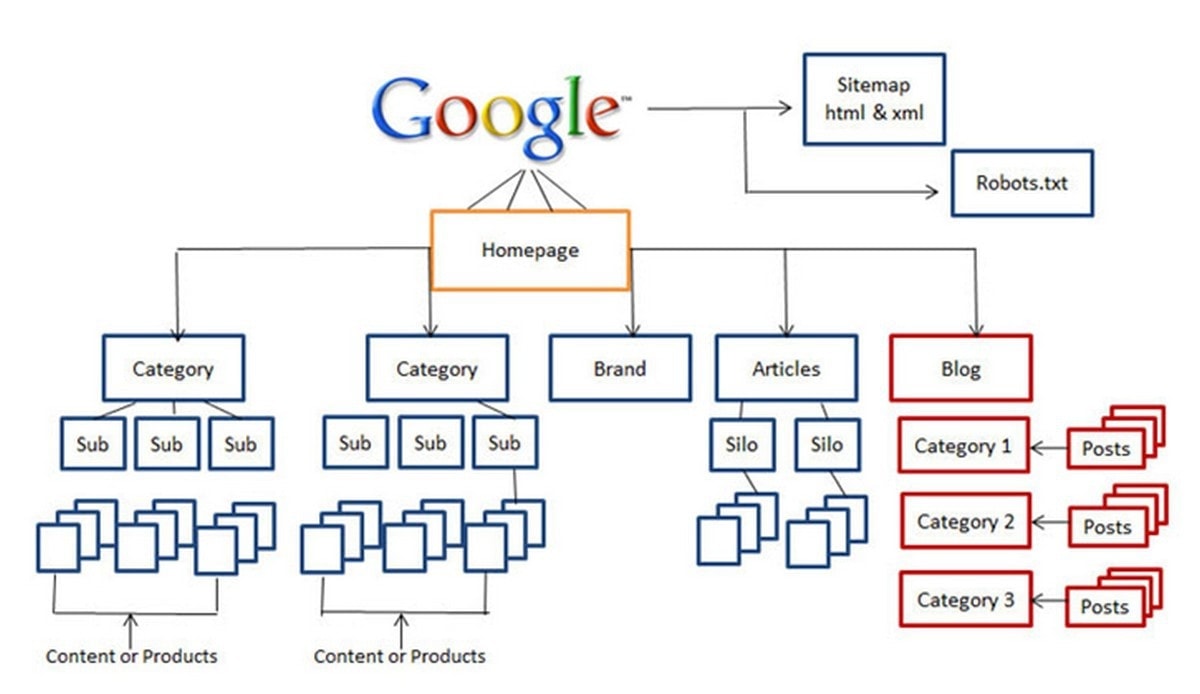How to Optimize Website Structure for SEO: A Comprehensive Guide

In the vast digital landscape, your website is like a bustling city. Just as a well-planned city ensures smooth traffic flow and easy navigation, a well-structured website enhances user experience and boosts your search engine rankings. But how do you optimize your website structure for SEO? Let's dive in and explore the blueprint for an SEO-friendly website.
Understanding Site Architecture
Site architecture refers to the way your website is structured and organized. Think of it as the city map that guides both users and search engine crawlers. A well-planned site architecture ensures that your most important pages are easily accessible and that the overall user experience is seamless.
Why Is Site Architecture Important?
A well-structured site architecture is crucial for several reasons:
- Enhanced User Experience: A logical structure helps users find what they're looking for quickly, reducing bounce rates and increasing engagement.
- Improved Crawlability: Search engine bots can easily navigate and index your content, ensuring that your pages are visible in search results.
- Better Rankings: A well-organized site can lead to better rankings, as search engines favor websites that provide a good user experience.
Building an SEO-Friendly Site Architecture
1. Plan Your Structure
Before you start building, it's essential to plan your site structure. Think about the hierarchy of your pages. Your homepage should be at the top, followed by your main categories, and then your subcategories and individual pages.
2. Keep It Simple
Aim for a flat architecture where users can reach any page within three clicks. This not only improves user experience but also helps search engines understand the importance of your pages.
3. Use Descriptive URLs
Your URL structure should be clean and descriptive. Avoid using numbers or special characters. Instead, use keywords that describe the content of the page. For example, www.yourwebsite.com/category/subcategory/page is much more SEO-friendly than www.yourwebsite.com/page?id=123.
Optimizing Internal Linking
Internal linking is like the road network of your city. It connects different parts of your website, helping users and search engines navigate easily. Here's how to optimize your internal linking:
1. Use Anchor Text Wisely
Anchor text is the clickable text in a hyperlink. It should be descriptive and relevant to the page you're linking to. Avoid using generic terms like "click here" or "read more."
2. Link to Important Pages
Make sure your most important pages are easily accessible. Link to them from your homepage and other relevant pages. This signals to search engines that these pages are valuable.
3. Avoid Over-Linking
While internal linking is important, avoid overdoing it. Too many links can dilute the value of each link and confuse users. Aim for a balance that enhances user experience and SEO.
Navigation: The Roadmap to Your Content
Navigation is the GPS of your website. It guides users and search engines through your content. Here's how to optimize your navigation:
1. Use Breadcrumbs
Breadcrumbs are a secondary navigation system that shows users their current location in the site hierarchy. They improve user experience and help search engines understand your site structure.
2. Optimize Your Menu
Your menu should be simple and intuitive. Use descriptive labels and avoid dropdown menus that are too complex. Make sure your most important pages are easily accessible from the menu.
3. Use a Sitemap
A sitemap is a file that lists all the important pages on your website. It helps search engines understand your site structure and find all your content. You can submit your sitemap to search engines using tools like Google Search Console.
URL Structure: The Address of Your Pages
Your URL structure is like the street addresses in your city. It should be logical and easy to understand. Here's how to optimize your URL structure:
1. Keep It Short and Descriptive
Your URLs should be short and descriptive. Use keywords that describe the content of the page. Avoid using special characters or numbers.
2. Use Hyphens to Separate Words
Search engines read hyphens as spaces. Use them to separate words in your URLs. For example, www.yourwebsite.com/best-seo-practices is more SEO-friendly than www.yourwebsite.com/bestseopractices.
3. Avoid Dynamic URLs
Dynamic URLs contain parameters and are often generated by content management systems. They are not SEO-friendly. Instead, use static URLs that are clean and descriptive.
Conclusion
Optimizing your website structure for SEO is like planning a well-organized city. It ensures smooth navigation, enhances user experience, and boosts your search engine rankings. By focusing on site architecture, internal linking, navigation, and URL structure, you can create a website that is both user-friendly and SEO-friendly.
Remember, SEO is an ongoing process. Regularly review and update your site structure to ensure it remains optimized. And don't forget to monitor your performance using tools like Google Analytics and Google Search Console.
So, are you ready to transform your website into a bustling, well-organized digital city? Start optimizing your site structure today and watch your SEO efforts pay off.
FAQs
What is site architecture and why is it important for SEO? Site architecture refers to the way your website is structured and organized. It's important for SEO because it enhances user experience, improves crawlability, and can lead to better rankings.
How can I optimize my internal linking for SEO? To optimize your internal linking, use descriptive anchor text, link to important pages, and avoid over-linking. Aim for a balance that enhances user experience and SEO.
What is a sitemap and why is it important? A sitemap is a file that lists all the important pages on your website. It's important because it helps search engines understand your site structure and find all your content.
What is the ideal URL structure for SEO? The ideal URL structure for SEO is short, descriptive, and uses hyphens to separate words. Avoid using special characters, numbers, or dynamic URLs.
How can I monitor the performance of my site structure? You can monitor the performance of your site structure using tools like Google Analytics and Google Search Console. Regularly review and update your site structure to ensure it remains optimized.


Belum ada Komentar untuk "How to Optimize Website Structure for SEO: A Comprehensive Guide"
Posting Komentar